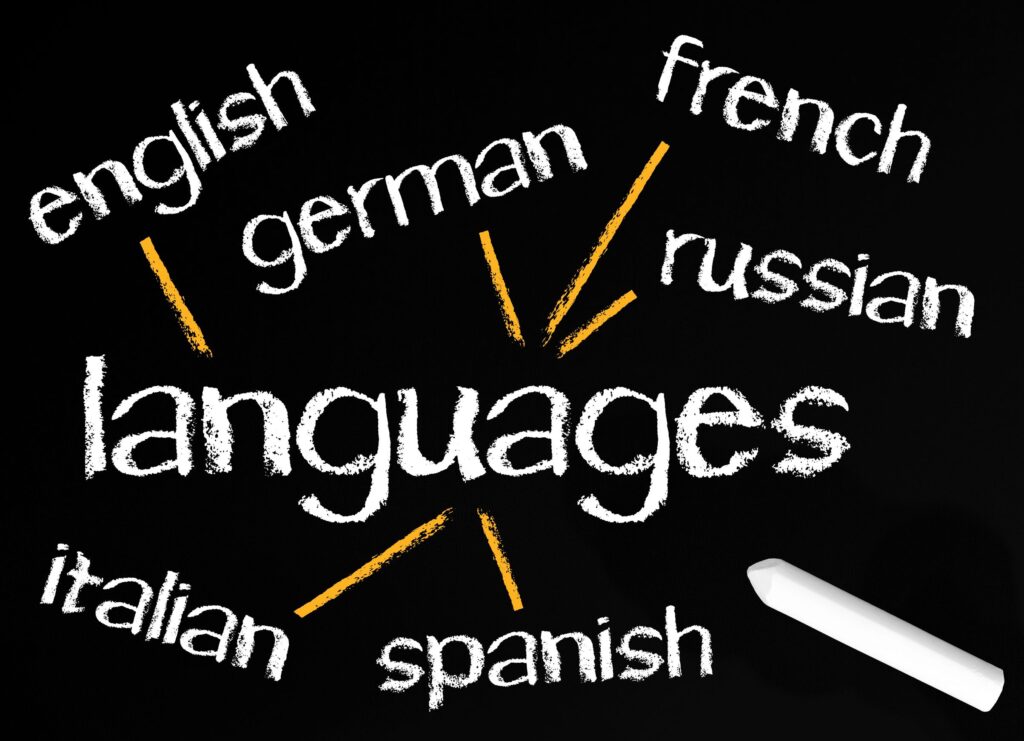A brief history about languages used in Italy
Semplicemente. Particolarmente. Sensazionale. Just listen to how melodious, how calming and good they sound to the ear and soul. That’s how the Italian language is described by most of those familiar with its beauty. How did it come to this majesty and its popular use? Let us look below at a brief history.
The Italian has been shaped during a lengthy and ongoing process. It began after the decline of the Roman Empire in the 5th century. Up to this, across the Empire, Latin had become a widespread language and spoken by the majority of the people.
After the fall of the renowned Roman Empire, ordinary and local forms and varying dialects played a significant role in society and the daily life of the people. However, thanks to the magnificent pieces of literature, Italian gradually won its deserved position, and, after the unification of Italy in 1861, ultimately it became the official language of the nation.
Other languages used in Italy
Apart from Italian, there are other languages used in Italy, in a wide range of regions. Each of them has its own simplicity, particularity, sensation and they add extra flavor to the cultural and linguistic diversity of the Appenine Peninsula. Here are some of them:
Griko is spoken by the Griko people, thought to be descendants of the Ancient Greek populations in Southern Italy. On account of this fact, the Griko language is counted as a living relic of Magna Graecia (Great Greece). The language has 40,000 and 50,000 second language speakers and it is part of the Hellenic language group, under the Italian Greek sub-group.
Gardiol is regarded as a dialect of the Occitan language, used in Guardia Piemontese in the southern region of Calabria.
Vastese is rare and it is only used by the Vasto population. It is mostly spoken by elderly people.
Toitschu is a dialect of Alemmanic and is used in every part of the Piedmont and Aosta Valley. It is also known as Walser German and is not jointly comprehensible with Swiss or Standard German.
Molise Croatian is a dialect of Serbo-Croatian. It is spoken all through the Campobasso province by the Italian Croats. These days, it has less than 1,000 native speakers.
Did you know? Interesting facts about the Italian language
Here are some interesting and informative facts about the Italian language.
- The Italian alphabet has 21 letters! Yes, strange as it may seem, 21 only!
- It became the official language in 1861. As previously stated, after the unification of the Italian nation in the nineteenth century, it was time for the Italian language to become the official language of the country.
- There are around 85 million Italian speakers all around the world
- It the official language of four countries: the Republic of San Marino ( a minor state within the territory of the peninsula), the south of Switzerland, four municipalities of Slovenia, and the region of Istria in Croatia.
- Italian is the universal language of music, especially classical music. Piano, molto piano, crescendo, maestro, soprano, and numerous other words and expressions are proof of the undeniable impact the Italian has had in the music world. Something that never ends.
- In the 14th century, the writer Dante Alighieri alone offered rules for written Italian.
Let us look below some of the Italian words and expressions which are thought to be basic if you want to visit this great country. Yes, take a pen and start writing it down.
Excuse me: Mi scusi (used when you want to ask a question, ask for directions, etc.)
Pardon me: Permesso (when you need to pass by, enter someone’s home, etc.)
I’m sorry: Mi dispiace (when you’ve made a mistake, or another foreign visitor asks you for something!)
I’m sorry: Scusa (when you crash into someone, kick them by mistake, etc.)
Some information, please: Un informazione, per favore
I don’t understand: Non capisco
What’s your name?: Come si chiama?
My name is ___ : Mi Chiamo ___
I am from the United States: Vengo dagli Stati Uniti
How’s it going?: Come va?
How are you?: Come sta?
Where is the subway?: Dov’è la metro?
Where is the train station?: Dov’è la stazione?
Where is the museum?: Dov’è il museo?
Where is the bathroom?: Dov’è la toilette?
Can you call me a taxi? Puoi chiamarmi un taxi?
Can you help me?: Mi può aiutare?
Please call an ambulance!: Per favore, chiami un’ambulanza!
Please call a doctor: Per favore, chiami un dottore
Our Italian translators are waiting for you.
Whenever you need precise and accurate Italian translations, we are ready for you. At eTranslation Services, you will get professional and high-quality translations from our native-speaking translators anywhere you are in the world. Contact us for your Italian translation projects via email at [email protected] or call us at (800) 882-6058.



